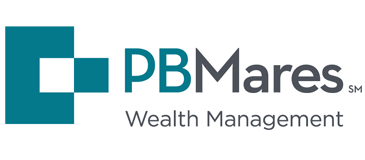Not-for-profit organizations hold millions of dollars in grants, endowments, and other funds that are necessary to keep the lights on and continue offering needed programming. Benchmarking against fiduciary best practices – both within the Investment Policy Statement (IPS) and the investment committee – helps to ensure that all those assets are carefully monitored throughout the year and in any market fluctuation.
Benchmarking the IPS
There are two common ways to define and measure success for an investment portfolio: relative benchmarks and absolute benchmarks.
Relative benchmarks compare the organization’s investment portfolio to an index or blend of indices. For example, a relative benchmark may compare fund performance against a blend of the S&P 500® and a bond market index.
Absolute benchmarks measure an actual rate of return and calculating performance against specific objectives. The IPS would need to define target annual rates for distribution, inflation, and fees. Investment returns would be measured against that calculation.
Not-for-profit organizations should exercise caution if their benchmarks compare performance against peers. This method has been shown to produce artificial performance metrics and often don’t consider unique circumstances.
About the Author:





